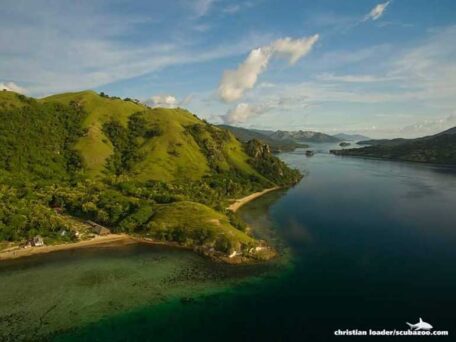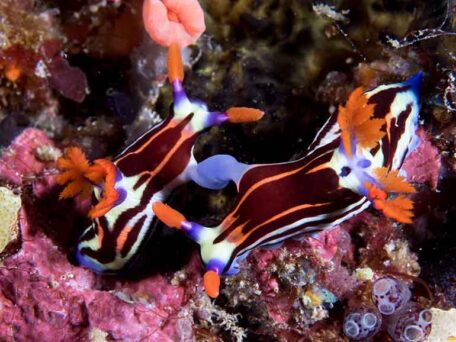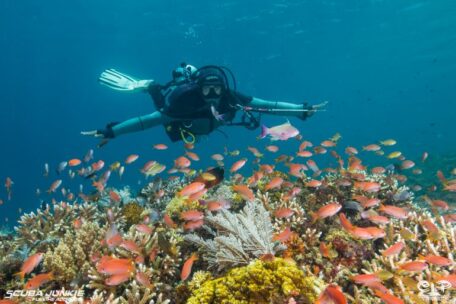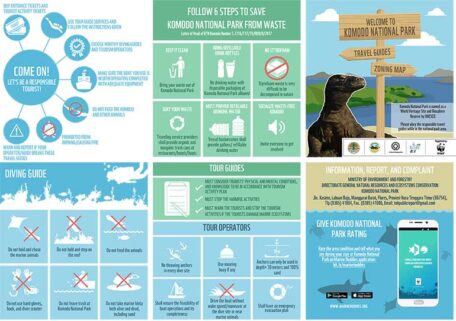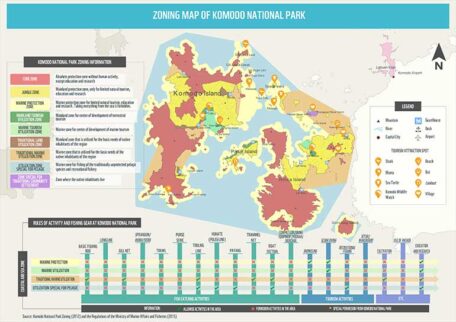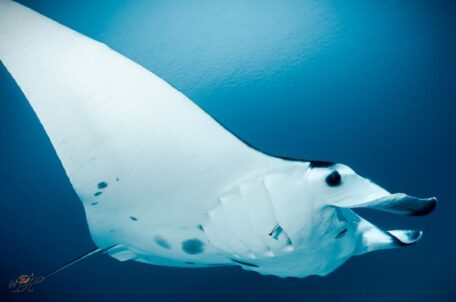The diving in the Komodo National Park is simply world class - from macro to megafauna there is something for every level of diver to enjoy. The Komodo National Park boasts a population of well over 1,000 identified manta rays and we see these throughout the year! The waters of Komodo are home to reefs that explode with colour, canons of confetti of reef fish and also several species of reef shark, eagle rays, devil rays and even elusive marine mammals such as dugongs and dolphins! The big stuff not for you? No problem, we’ve got you covered! The reefs and sands of Komodo are also home to some rare and much coveted macro such as hairy shrimps, frogfish, harlequin shrimp, nudibranchs, blue ringed octopus, wunderpus and so much more!

